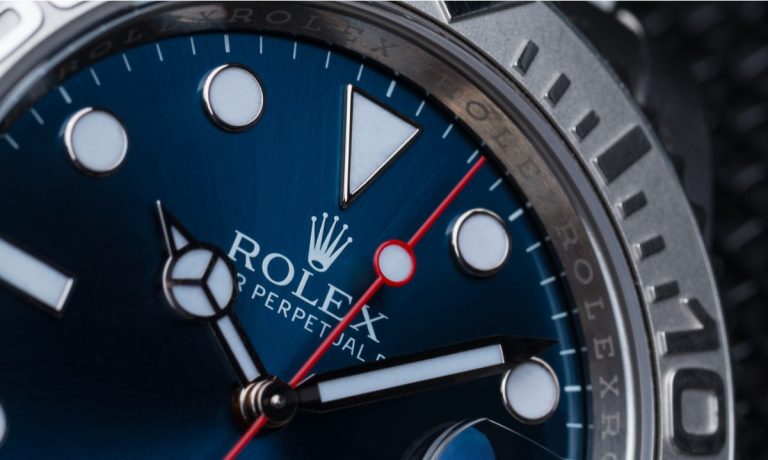Luxury Watch Brands Go Digital to Target Young Consumers

How do you convince a generation unused to wearing wristwatches to change their habits?
If you’re a luxury brand like Rolex and Cartier, you apparently try to court them using Snapchat and bitcoin.
That’s according to a Fashion Network report, which noted research indicating luxury spending by millennials and Generation Z consumers is expected to increase three times faster than that of other generations by 2030.
As PYMNTS has noted, many of these young consumers still live at home, giving them more disposable income. They’re also interested in sustainability, which has helped drive a recent boom in luxury fashion resale.
Watchmakers at last week’s Watches and Wonders trade fair in Geneva seemed to be looking for ways to tap into these young digital natives, the Fashion Network report said.
“It is very important that once a year we showcase that wearing a watch is trendy, and even something for the youngest generation which is not used to wearing watches,” Rolex CEO Jean-Frederic Dufour said, per the report.
He added that his industry needs to make overtures to a generation “used to seeing everything on a screen.”
The event featured a stand operated by Snapchat, the instant messaging app popular with younger users, that let prospective customers virtually try on luxury brand watches using their smartphones or tablets, according to the report.
Meanwhile, Edouard Meylan, CEO of watchmaker H. Moser, said he has seen a “younger, more digitalized” customer base developing in Asia, the report stated.
“More than 50 percent of sales in China are to Gen Z and Millennials,” he said in the report, noting his company has also made sales in bitcoin, including a $380,000 watch that sold for 10 bitcoins when the digital currency was enjoying a boom period.
PYMNTS looked at the challenge of trying to bring a classic fashion brand into the digital world earlier this year in our interview with Behzad Soltani, head of digital and technology for watchmaker Movado Group.
“Technology’s such an important part of digital transformation, so we focused on making sure we have a robust technology stack,” he said, noting how the company’s work to streamline the customer experience has paid off. “We’ve consolidated. We had multiple eCommerce platforms, and our various brands were using different providers.”
Soltani told PYMNTS he applied his technical background to harmonizing the eCommerce end of the business in 2020 and 2021, recruiting omnichannel payments platform Adyen to gain a more unified view of the brand’s activities from standalone Movado stores, as well as its retail relationships with companies like Macy’s, Saks Fifth Avenue, Amazon and Walmart.
For all PYMNTS retail coverage, subscribe to the daily Retail Newsletter.